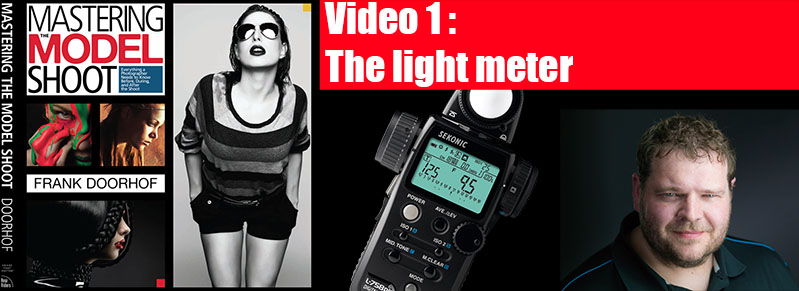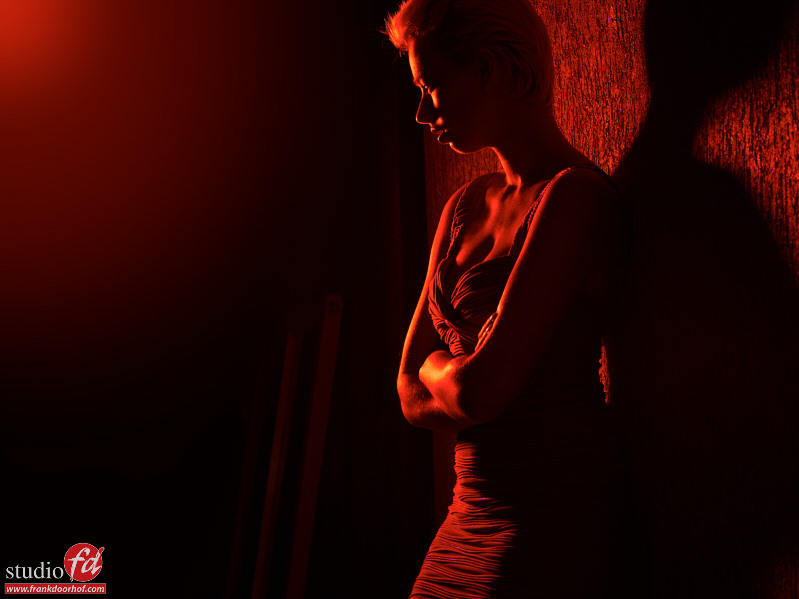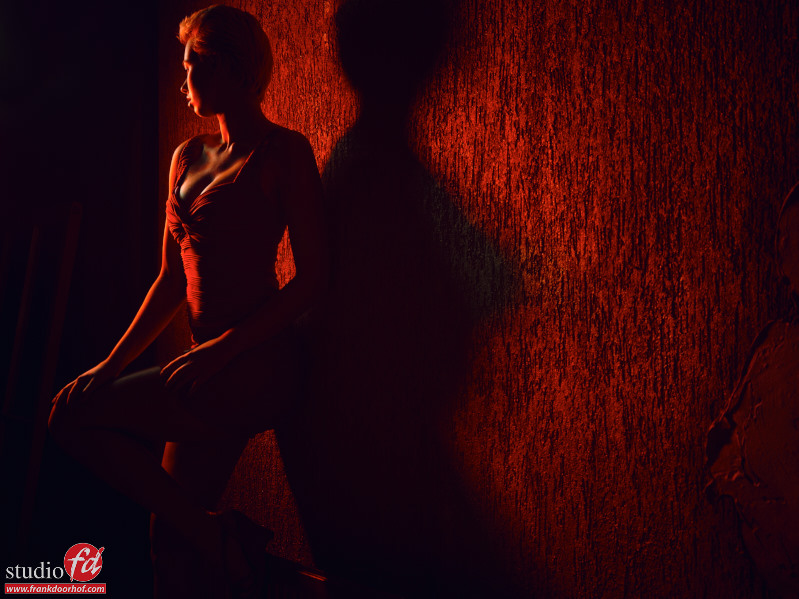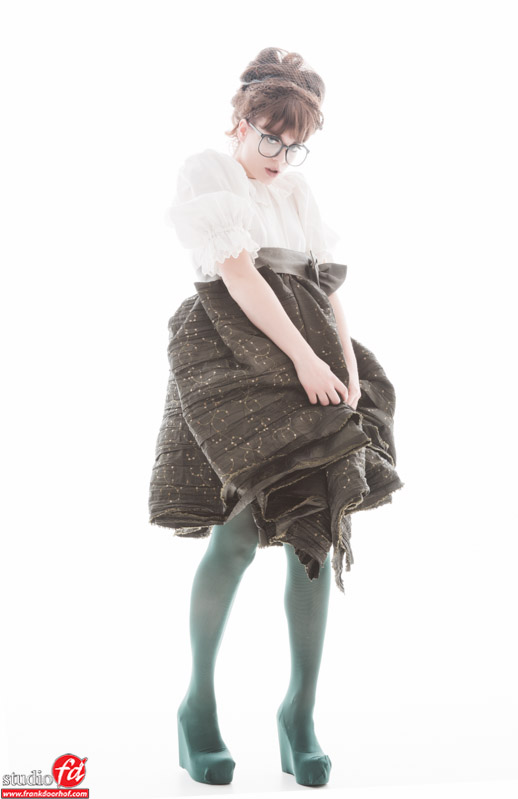New instructional video “The light meter”
You probably already saw it on social media, but I also want to give some attention to it on my blog of course.
This week saw the release of my brand new instructional video “Mastering the model shoot : the light meter”
A lot of people have asked me when I would make a new instructional video series in the style of the very populair “Light” series, my answer was always that I would make a new video as soon as I had a lot of information that I did not already share on other videos, because just like you I don’t like to spend money on something I already saw.
After the release of my book “Mastering the model shoot” and the workshops connected to the book I got so many ideas and I still got a lot of stuff that did not make the book (there is limit to the amount of pages :D) that I decided now would be the time to release a brand new series of instructional videos.
Everything is new.
We have a new approach to filming, we now film everything in 4K for extra quality (videos are presented in 1080P) and we use different camera angles, text will appear on screen to explain the more difficult parts, and all videos will cover different topics so you can buy the ones you like and are not forced to pay for something you don’t like (although I think they are all more than worth it of course).
The first video is called “Mastering the model shoot : the light meter”
In digital photography this is without a doubt one of the most talked about topics and to be honest you also hear a lot of stuff that is, now how to say this nicely, well….. not really helping (was that ok?).
In over 70 minutes I take you through everything you need to know about the light meter, topics include :
* reading the meter
* which meter to buy
* reflective vs incident
* where to aim the meter
* how to calibrate the meter
* working with strobes
* working with ambient
* mixing strobes and ambient
* working with white backgrounds and black
* how to keep detail in the blacks with a technique called light in light (and how to meter it)
* histogram vs the meter
* how to trigger the meter
* apps and film
* and much more……
I’m joined in the studio by our model Manon and next to the explanation on the meter we will also show you in easy to follow (and copy) examples. This is a very complete video on the light meter and I’m sure you will run out and buy one if you don’t already have one, or understand your meter beter if you already own one.
The video is priced at EU 29.95 (US app 35.00) and can be ordere via our webstore or via the direct link here :
https://frankdoorhof.com/web/shop-videos-etc/direct-video-downloads/







You must be logged in to post a comment.